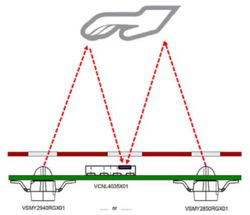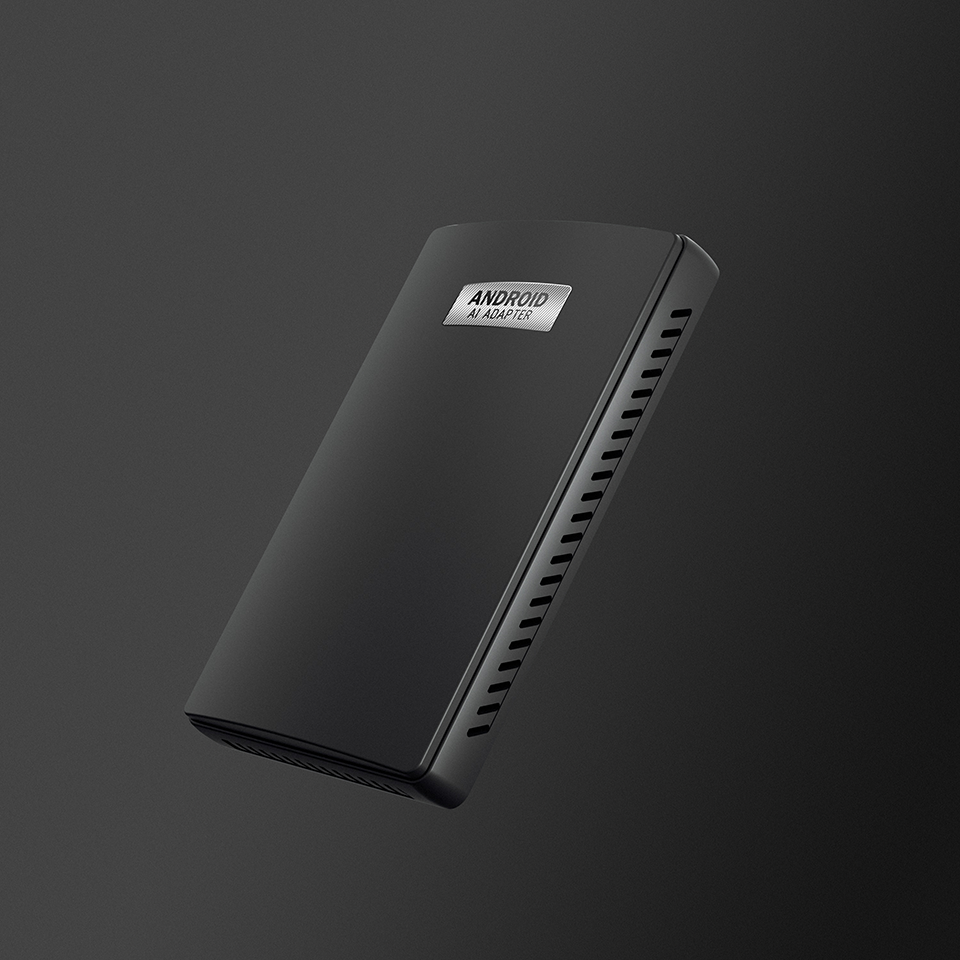Whether galloping on a German highway or along the winding Grand Sour coastline of California Highway 1, the driver cannot leave the steering wheel with both hands and eyes. There is no doubt that driving a car cannot be distracted, which is why car makers keep drivers focused on the road in functional design, rather than on the big screen of the central console. The main man-machine interface (HMI) technology includes head-up display, improved speech recognition and gesture control. Applications that currently use simple sliding gestures control include replacing radio stations, answering phone calls, playing the next song in the playlist, menu scrolling, navigation screen shrinkage Discharge, sunroof switch and roof lamp control. High-end cars are now equipped with gesture control and sensors that support this function.
In 2018, a market survey conducted by (Global Market Insights) predicted that the size of the car gesture recognition market would grow from $1.1 million in 2017 to $13.6 billion in 2024. Gesture recognition market share is expected to exceed $8.6 billion in 2024. The U.S. and European markets are expected to grow at a compound annual rate of more than 40 percent between 2018 and 2024. The report points out that with the progress of compatibility and availability of automotive electronic systems, the penetration rate of safety regulations formulated by governments in products is under way. Raise. However, from 2017 to 2024, excessive cost, complexity and integration may pose a challenge to the car gesture recognition market.
Optical gesture recognition system
Optical sensors can be used to detect hand sliding, such as Sashay's VCNL4035. Basically, an integrated proximity sensor that can detect one fast continuous pulse signal after another can be detected by three emitters, and a gesture action area can be established by combining the external connected infrared emitter. Simple left and right sliding and magnifying and shrinking actions require only two emitters. In figure 1, the internal LED drive drives the left emitter to get a close reading during this process. This value is converted to a digital count between 0 and about 65k because the analog-to-digital converter has a resolution of 16 bits. The multiple will then connect Connect the output of the left transmitter to switch to the output connected to the right transmitter, and drive the right transmitter in turn, and obtain another close reading. The two readings are stored in a separate data register inside the sensor for the host comptroller to read separately. The comptroller extracts these measurements and compares the two readings.

If the hand is close to the left emitter, the sensor output count starts with a left reading higher than the right reading. When the hand continues to slide to the right, close to the center between the two emitters, the output count of the sensor is about equal. When the hand slides completely from the left to the right, the output count of the right emitter will be higher than that of the left emitter. This scenario can be rotated 90 degrees to control the upper and lower gestures. By measuring proximity to or away from the sensor, the output of the sensor can achieve scaling function. These algorithms can infer that the sensor reads the offset of the value when there is nothing in the front when the hand exceeds the limit approach value. More reliable, more complex. The algorithm records the signal of each transmitter in a continuous flow mode, and analyzes the signal shape with the superimposed measurement frame. Then, the superposition percentage of the signal of one transmitter relative to the other is used to indicate the time difference, indicating the appearance of the gesture. Adding a third transmitter will improve the resolution of the simple gestures mentioned above and can be used to recognize more complex gestures. Many variables need to be considered: the size of the object, if not the hand, the distance between the object and the sensor and emitter, the speed of the moving object, the reflectivity of the moving object, the distance between the emitters, the threshold value to avoid erection, as well as the brightness of the environment and possible optical interference. Flexible selection The position of the alternative transmitter is very important for the design engineer, so that the magnitude of the gesture amplitude and the sensitive area can be controlled. Some sensors integrate with the transmitter in a single package, eliminating this flexibility. The typical sensing range of the infrared transmitter and sensor system is 20 cm or 8 inches.
Although the previous systems used infrared emitters and optical proximity sensors, other systems using time-of-flight sensors combined with 3D cameras can achieve millimeter granularity. This is obviously a more expensive system, but it does measure 'small' finger gestures and large sliding movements. The first generation has been used to recognize large movements in cars, and the second generation will recognize a variety of finger gestures. Imagine finger movements as the smart phone screen magnifies the photo. Car makers want to recognize this air gesture. This is bound to require a 3D camera system. Murray Clovis recently pointed out that this
Prospect
Companies such as LG and Sony are working with a number of first-tier automakers, such as Delphi, Haman International, Continental Group and BHTC, to develop car gesture recognition systems. Passenger comfort, multimedia, navigation and information entertainment have become the main priorities, which is consistent with the development of driver-assisted and drivels cars. When and only when it becomes a reality, it is no longer a problem to avoid driver distractions from the point of view of the occupants in the car.
online service

online service
-
Email :
salesa@icartizan.com
-
Skype :
happysophia8686
-
whatsapp :
+86 158 1371 3072
- QQ : 1767712457


.png)
_副本.png)